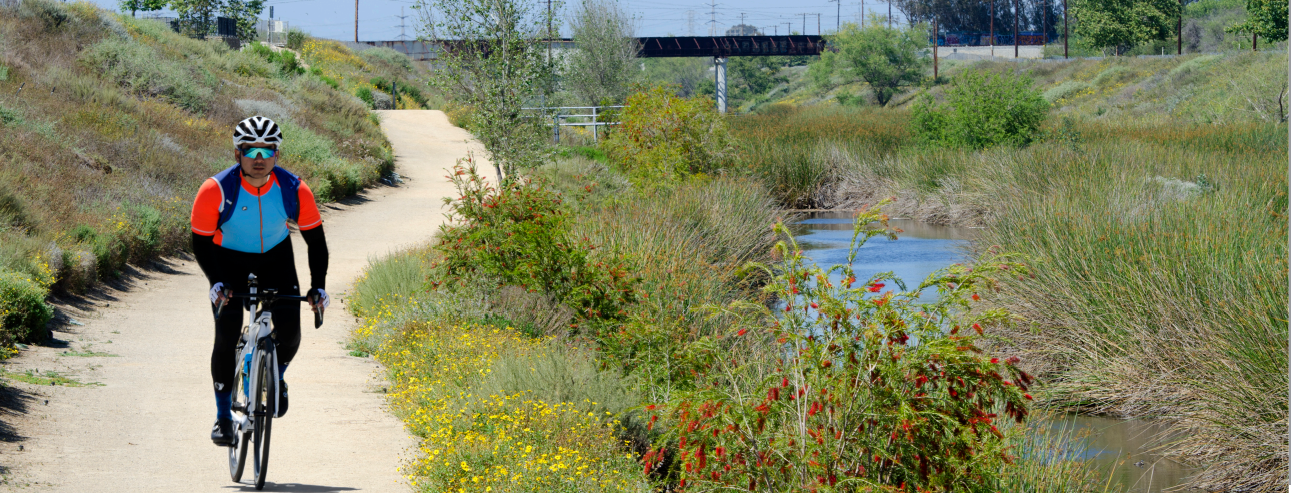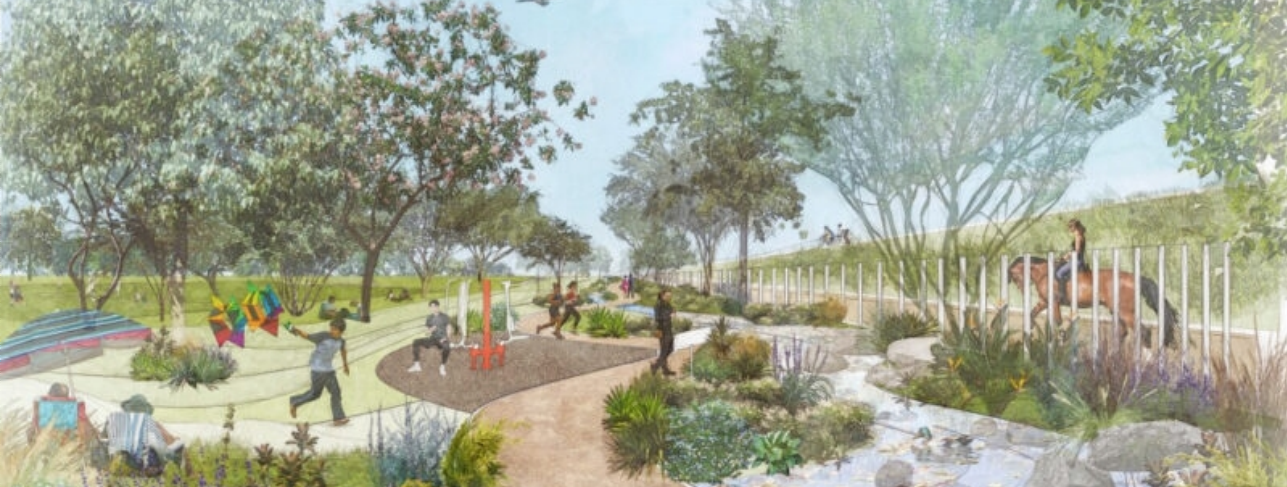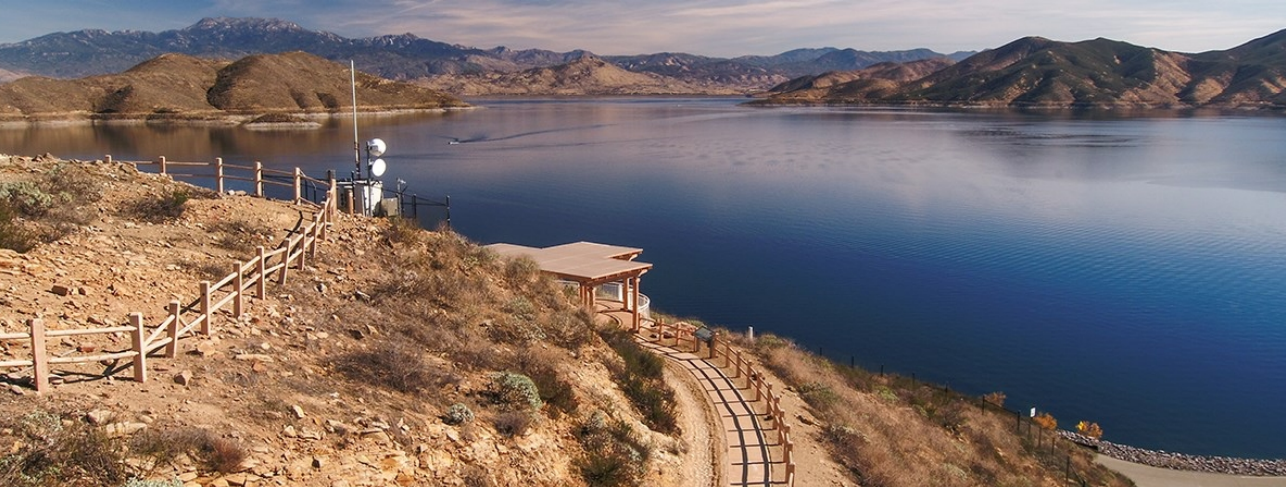The LA County Water Plan addresses water supply reliability threats such as climate change by facilitating collaborative approaches to develop solutions to these challenges. In LA County, collaboration is part of our problem-solving culture. Here are a few examples of collaborative planning in our region that are designed to address water-related challenges facing our region.

Integrated Regional Water Management (IRWM) is a collaborative effort to identify and implement water
management solutions on a regional scale that increase regional self-reliance, reduce conflict, and manage water to
concurrently achieve social, environmental, and economic objectives. Since the inception of the IRWM Program in
2002, regional water management groups across the State have developed IRWM plans to address the needs of
their IRWM region. California voters have provided over $1.5 billion in State funding to support the
implementation of more than 800 regional projects identified in the IRWM plans.
The three existing IRWM programs in Los Angeles County include the Greater Los Angeles County (GLAC)
Region comprised of five subregions, the Antelope Valley Region, and the Upper Santa Clara River Region. The
IRWM public meetings provide a unique opportunity for the public and all local community members,
agencies, non-profit organizations, Tribes, and other interested parties to form collaborative partnerships
and implement water management solutions to address regional problems. Evidence of the success of the IRWM
Program includes the nearly $30 million awarded to these three regions to implement 26 multi-benefit and
integrated projects under the most recent Proposition 1 Round 1 IRWM Implementation grant solicitation.
Please visit the GLAC, Antelope Valley, Upper Santa Clara River IRWM websites to access the IRWM plans or for
more information regarding upcoming public meetings and funding opportunities:

Between 2016 and 2019, voters in LA County approved four tax measures, W, H, A, and M (WHAM). This strong, local support is funding bold action to address the challenges of our time:
The WHAM Task Force created in 2019 is already leading the effort to bring local agencies together in LA County. They are building resilience to climate change and striving to provide equitable outcomes in historically underinvested communities. Learn more about these measures here:

In 2019, Los Angeles County, collaborated with our partners to craft the OurCounty Plan, a broad vision to make LA County more sustainable, now and into the future. The OurCounty Plan is focused on health, equity, economic strength, sustainability and resiliency—all the driving factors that help a community thrive. All 12 of its goals are grounded in collaboration between government and private organizations throughout our region One of these goals set the LA County Water Plan in motion. That goal called for this new plan to build a more integrated and resilient water system for our region, by protecting water resources against the impacts of climate change. Under the OurCounty Plan we have mobilized collaboration across our county in pursuit of one common goal: to turn the challenge of climate change into an opportunity to become a stronger more equitable community.
Please visit the OurCounty Plan website for more information on the OurCounty Plan goals and comprehensive list of its interested parties: https://ourcountyla.lacounty.gov/

Planning our water supply is nothing new to Southern California. In fact, the Metropolitan Water District of Southern California (MWD), along with its local members, have been leading the charge through its Integrated Resources Plan (IRP). Together, they are managing water supply investments, programs, and policies to ensure the reliability of this precious resource for the millions of residents that depend on it.
Since its first iteration of 1996, the IRP has continually looked 25 years into the future to plan how to be ready to meet the compounding effects that climate change have on our water resources. In the most recent 2020 update, the IRP addressed the potential for changes in water demand and supply in the face of climate change, population growth, conservation and the development of alternative supplies. This long-term planning has repeatedly shown that when we work together, we can overcome challenges together.
An example of how collaboration creates promising, real-world solutions is the Regional Recycled Water Program. Through a partnership between the MWD and the LA County Sanitation District, this program will develop a new regional water source to replenish groundwater basins, provide water for industrial needs, and provide connectivity for MWD's water treatment plants.